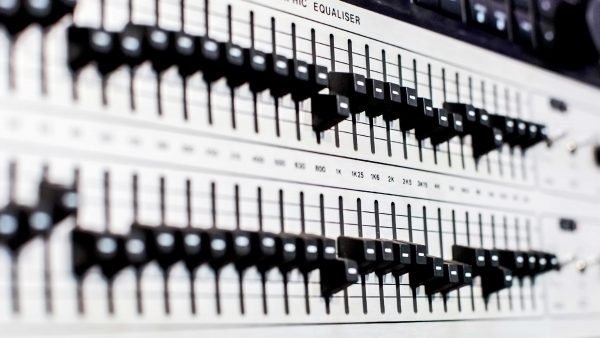

- Google radio automation product tour pdf#
- Google radio automation product tour install#
- Google radio automation product tour update#
- Google radio automation product tour manual#
There are a lot of configurable rules to enable easy sharing while still maintaining control over your libraries.Īdd to the list a Remote VoiceTracking server. Files and logs can be pushed backwards and forwards, to allow for sharing of resources. There is also a “Friendship Server” which allows you to connect remote systems and share content. It’s fairly limited, but when combined with the web interface would work well in an out-of-studio environment such as the programme director’s office. The Playlist Editor is a standalone application which allows you to edit playlists.
Google radio automation product tour install#
When you install the Adobe Audition Plugin you have a nice and easy way of editing audio outside of the system and sending it back in without loosing metadata.
Google radio automation product tour update#
You can search through the library, update details, and also launch the audio file in the application of your choice. The Web interface is how you configure the system, but also a great way access the audio library outside of the studio.
It’s also possible to build your own plugins and run them as widgets. You can load as many widgets into as many places as you like. The Workstation is a touchscreen-based user interface. There are four major components to the system: WideOrbit have traditionally build traffic software for radio & TV, and WideOrbit Automation for Radio is their adventure into the world of radio playout and automation software. 
WideOrbit Radio Automationįormerly Google Radio Automation, Scott’s Studios & SS32. Note: NexGen and Master Control are older software packages from RCS (used by the majority of Australian Commercial Radio Stations, I dare say), but they don’t really recommend installing these pieces of software for a new install as they are quiet old.
Google radio automation product tour pdf#
If you are clever with Google, there is a RCS purchase order you can find on one of those PDF sharing websites. The unit-price isn’t too far from what you might expect to pay these days.
Price: If you have to ask, you probably can’t afford it. Close integration with their other products, such as GSelector and Aquira. Google radio automation product tour manual#
Auto segue features, with full manual control too. Great support for networked programming (File & log sharing over WAN, remote voice tracking, “split” stations for local spot breaks). Built in recorders (automated and manual). Time stretching/squeezing to help hit time markers. Each workstation can act as a remote control for the real machines doing the actual audio playout. Full automation, live assist and manual modes. It does almost everything under the sun, and has a price tag to match. Zetta is the big new software package from RCS. If you notice something I’m missing, please add it to the comments below. This list of features isn’t comprehensive, as I don’t have first hand experience with all of these systems. If you are selecting software for your radio station, ensure you put together a comprehensive list of functionality you require and also arrange demos for the key stakeholders (make sure you include content people, as well as technical). They vary wildly in price and features and it particularly hard to compare some as they are geared towards different segments of the market. Here are some of the more popular radio automation and playout software packages available today. Most stations these days, even when running with a live announcer, will use an automation system to assist the announcer in playing and recording audio. Automation & Playout software is a core component of a radio station’s operations.






 0 kommentar(er)
0 kommentar(er)
